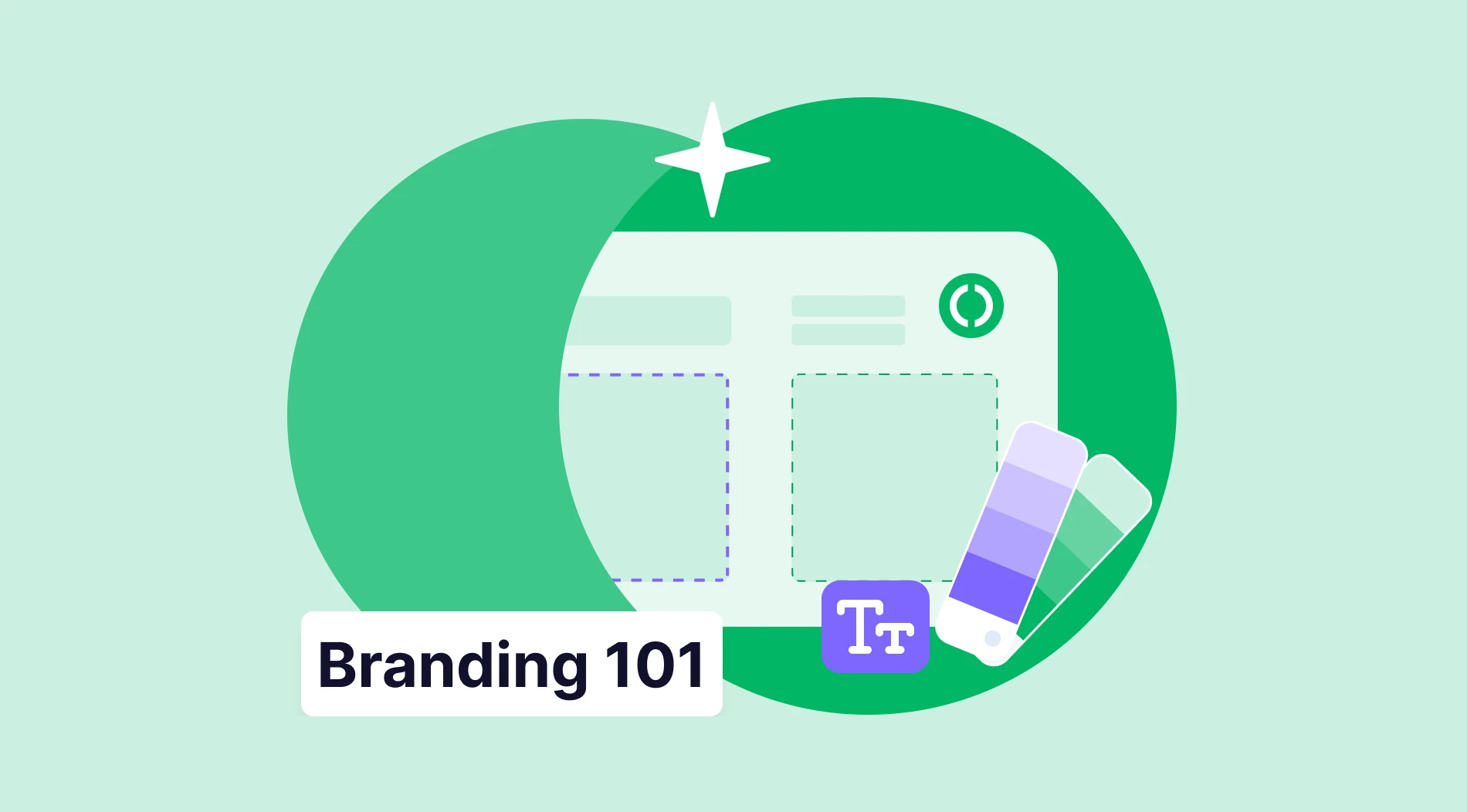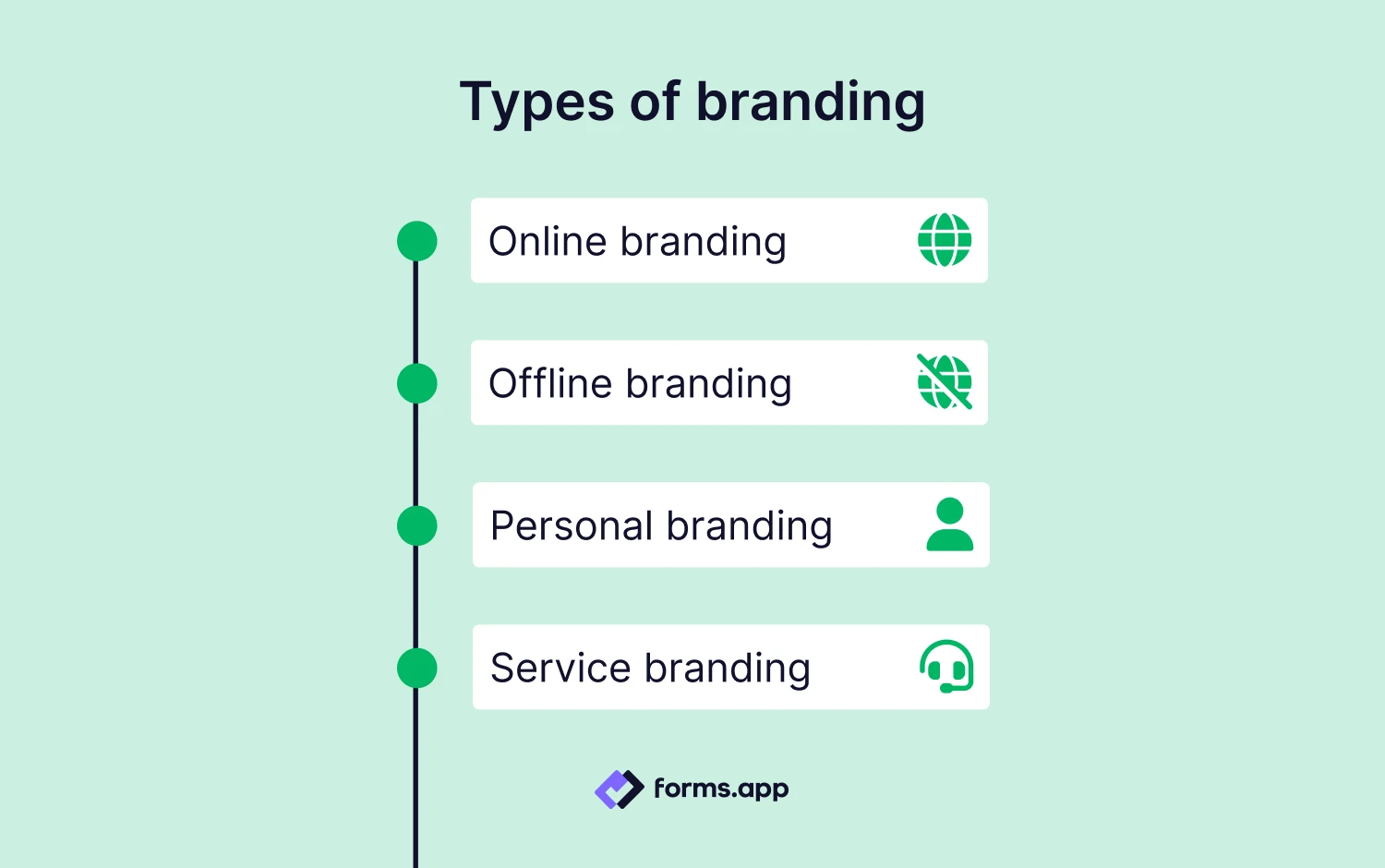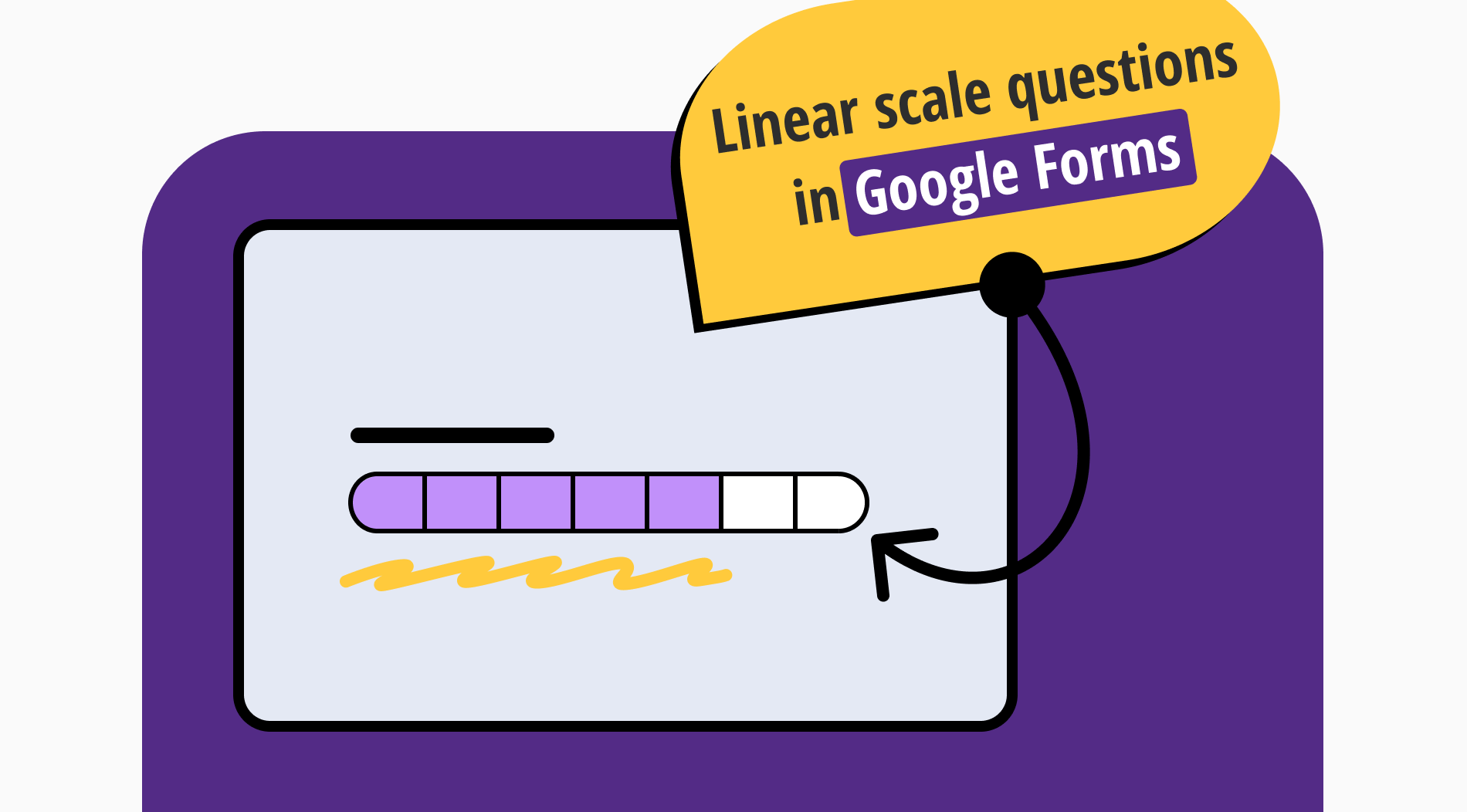
The best thing you can do for your business is to have a brand presence. What does this mean? It is simply a way for your customers to distinguish your business from other companies. It will help your business stand out and be more vivid than other competitors on the market.
If you want to learn more about branding and finally be able to create it for your company, this article will help you analyze the steps to take. You will see what branding is, the importance and types of it, the difference between branding and marketing, and how to brand your business in general.
Let’s start with the basics: What is branding?

Branding is a way to distinguish your business from others using a symbol, name, logo, or other indicator.
Developing a brand is a way to give your business a soul with a connected image, concept, product, or service for your potential customers, which will provide an emotional connection with them. Building trust will create a unique business, recognition, and a chance to be selected over other brands in the targeted market.
Importance of branding in marketing
Branding is one of the most crucial aspects of marketing for your business because it will make your products more visible and distinguish you from other competitors in the market, as the branding statistics also show the impact of branding. It will help you to:
- Make your brand more familiar to your targeted customers, which will lead to loyal customers since they will feel a connection with your business.
- Have consistency in the eyes of the buyer since the branding tactic that you will be using keeps your brand in the lives of the customer.
- A color scheme, a color palette, logo design, logo colors, and brand message will create good brand recognition.
- Your business marketing campaigns will become a marketing strategy for your business with the help of branding.
4 Types of branding
Different types of branding have different values. Having different approaches to the customer can bring vital success to your business since, while the approach is changing, the target audience changes as well. Hence, you will have different ways to connect with different people. Here are examples of these different kinds of branding:

Branding types
1. Online branding
In this technological age, online branding is one of the most essential types of branding. It is a branding strategy that uses the internet or social media to create a brand identity.

Example: The effect of the influencers in today’s world is immaculate, as conducting PR works with the well-known faces on the internet, is the new way to create and establish a brand.
2. Offline branding
This branding type means not using online sources to have brand assets. Offline branding, which has marketing materials such as billboards, TV, printed ads, or radio, makes it possible to get in touch with customers more personally through engagement with customers' daily lives.

Example: A brochure can be a good example of offline branding. Without needing to click on pages or try to close the ads, you can directly interact with the customer and also make the design more interesting.
3. Personal branding
It is the way of branding for a personal being. The person becomes the branding as well. It is not a must for branding, but if you want your business to be associated with your name or your face, this is the way to go. It is not the most successful brand strategy because your business can be in trouble quickly due to unfortunate news about your personal life.

Example: Kylie Jenner, one of the most well-known names today, has reached the billionaire category by using her social followers and impact on social media. She has also made her name a brand by using the ‘Kylie’ name on her makeup brand.
4. Service branding
This branding type creates a bridge between the customer and the business. Based on the service that you are providing, the customer experience is set. This service can be through phone, online helplines, or physical interaction.
All of the experience depends on you in this case, and sometimes, it could be challenging to maintain the same quality over all of the services that you are providing. Still, you should know that the customer is the most important thing to consider. Customers' feedback for your business will help you gain more customers in the long term.

Example: Turkish Airlines is a good example of service branding as it is known for considering customers' well-being. Thanks to its history since 1933 and its provision of good service and a friendly approach to its customers, it has a unique place among the airline brands.
5 Well-known examples of branding
Having a brand is not enough to be good enough in the market; what is essential is having a connection and mutual trust with the customer. There are great brand strategy examples to get a good idea of what is good branding based on well-known brands:
1. Coca-Cola
Brand image is how the brand portrays itself. Visibility can be achieved through colors, fonts, images, and logos. For example, one of the biggest companies, Coca-Cola, has a logo with its name but in a unique script and red color, so everyone who sees that script and color understands which brand owns the product. Coca-Cola succeeded with its message, as red is associated with passion, and the swirly script is associated with youth, fun, and familiarity.
2. Nike
The company's name is what the customer encounters at first with you. It should be catchy enough to be remembered and easy enough to be talked about. Nike, in this example, achieves this with its one-syllable name and musical tone.
The brand name mostly comes with a slogan that will stick with the customer; having a slogan with the brand name mentioned is even better to have familiarity with the brand. However, this is not always the case, as Nike’s slogan is ‘Just Do It,’ which successfully creates a sense of movement.
3. Starbucks
What is fascinating about Starbucks’ branding is that it happened with the customer. The customer helped Starbucks to have a signature by using their name on the cup. This way, Starbucks created a feeling of belonging; people wanted to share their names on the cups, sometimes with drawings and sometimes with typos of their names.
4. Airbnb
Airbnb created branding based on experiences and adventures. By helping customers while having other customers provide for them, Airbnb has created an excellent chain of customer satisfaction.
While the owners of the places are primarily locals, the customers have more chances to visit the cities beyond locals' eyes, and the owners can use their places as homeowners, which creates trust and warmth for the brand.
5. McDonald's
By achieving consistency worldwide, quality, fast preparation, and easy reach, McDonald’s has gained the customer's trust. With a fun logo and slogan of "I’m lovin’ it," McDonald’s is highly recognizable. Thanks to its consideration of brand essentials such as affordability and reachability, McDonald’s is one of the best branding examples.
Branding vs. Marketing: What is the difference?
Even though marketing and branding sound similar, there are quite a few differences between the two. Branding is about shaping the existing brand by playing around with its image, while marketing is more about promoting the product.
| Aspect | Marketing | Branding |
| Definition | How you pursue your product. | How the customer perceives you. |
| Purpose | Captures the attention of the targeted customer. | Retains and builds loyalty with the customer. |
| Focus | Short-term strategies and promotions. | Long-term mission and vision. |
| Approach | Uses a specific tone of voice at the moment. | Establishes a lasting mission statement. |
| Impact | Creates short-term interest and awareness. | Builds long-term customer loyalty and trust. |
➡️ While marketing is how you pursue your product, branding is how the customer pursues you.
➡️ Marketing aims to get the attention of the targeted customer, while branding is about keeping that customer.
➡️ Branding has a mission statement in the long run, while marketing has a tone of voice at that time.
➡️ With branding, loyalty is created between the customer and the brand, and with marketing, the customer gathers a small span of attention.
Frequently asked questions about branding
Even though it may seem a bit overstimulating to create a good base for your branding, with the help of the answers to these common questions, we will give you clarification about your doubts.
Brand identity is a way to distinguish the brand in the minds of the customers by having unique attributes.
The brand concept is the relationship between the customer and the brand, with the help of feelings that it makes the customer feel.
Brand strategy is a plan to keep the brand alive in the present and potential customers' lives by giving it a culture and a vision.
You can reach the perfect brand by offering consistent value to the customer’s life and being better than the other competitors in the market.
Brand personality is how your brand shows itself through its visuals, approach, voice, and beliefs.

💡 You can also check branding questions to understand your clients.
Final words
Branding helps your business become well-known and connect with customers. It can be managed through names, logos, images, or slogans. With the help of branding, in the long run, the emotional connection with the customer will bring success to your business over any other competitors in the market.
In this article, you have learned what branding is, the crucial differences between marketing and branding, well-known brands and their way to success with the help of their branding management, and the most common questions with their answers about branding.



 6 min read
6 min read

